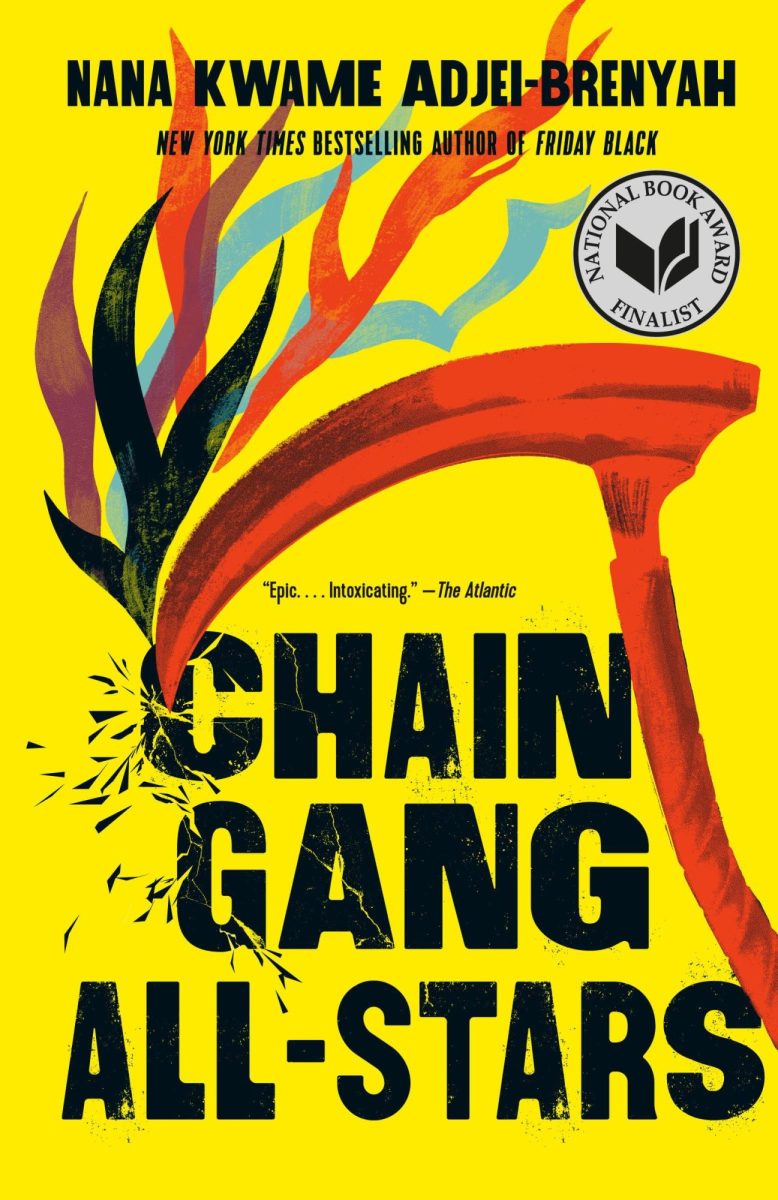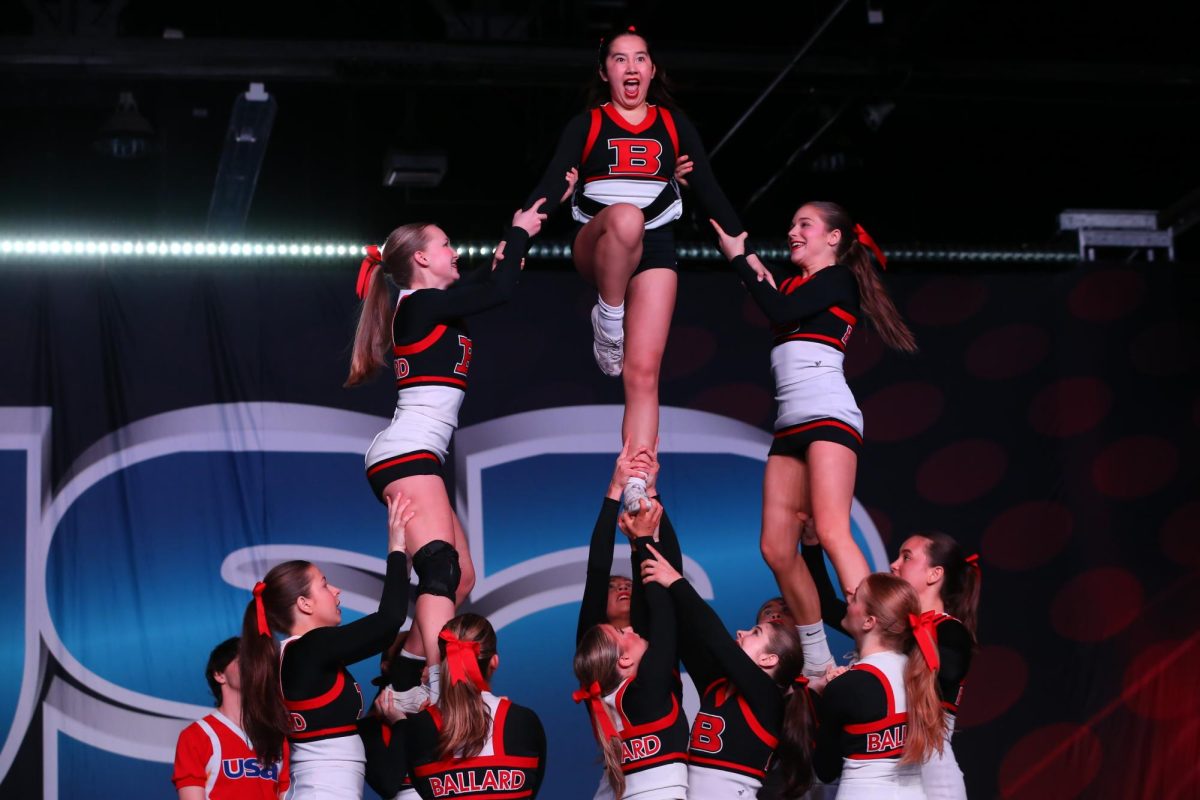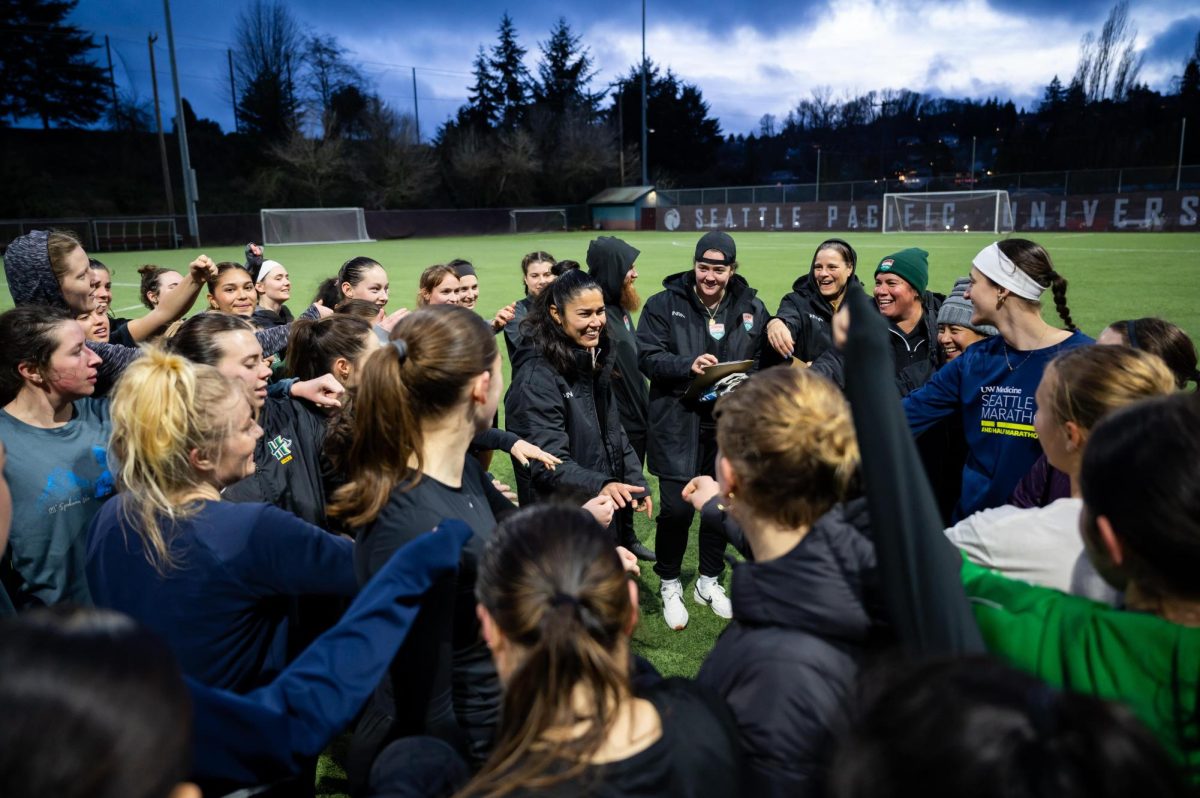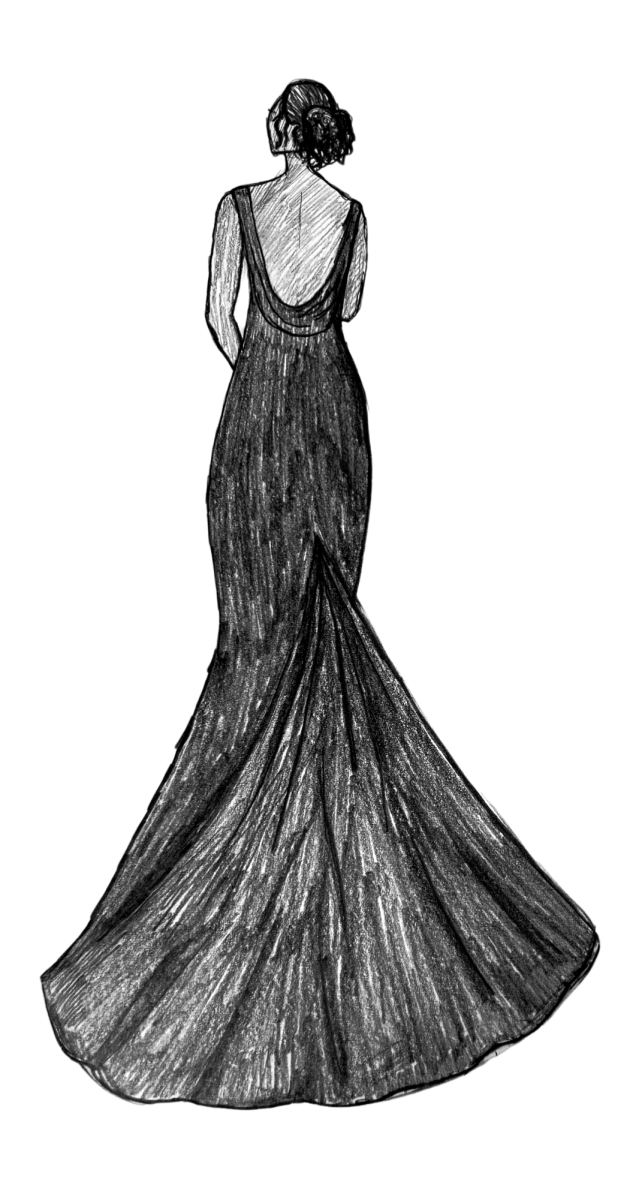“Little brother of war” in consideration for 2028 Olympic games
Samantha margot, Staff Reporter
Originally published March 29, 2018
Samantha Margot
“It will have more exposure for the game, adding more diversity,” Mead said. “With a more international scale, more people are going to start to play it.”
Lacrosse; well known for its white collar, East Coast, men and women, embroiled in drug culture off the field and a fierce struggle on the field. Its Indigenous origins are generally forgotten in favor of the “ultimate lax bro” lifestyle.
The collegiate game we see today is the intrusion of European culture on Woodland and Plain Native American tribes. Such a game is soon to be hosted by the Olympics in the 2028 summer games.
In late November, the International Olympic Committee (IOC) granted provisional recognition to the Federation of International Lacrosse to compete as an Olympic sport. Keeping the eye on the prize, both men and women’s lacrosse has made moves to be added to the list; the rewards being a diverse set of players.
Juniors and lacrosse players Nora Levasseur and Will Mead spoke on the controversy following the decision of the IOC to add a sport designed to cater to the upper crust.
“For example, soccer is the game of the people,” Levasseur said. “Anyone can play soccer, cause all you need is a ball. It [lacrosse] is such an expensive sport to play, there are cheaper versions of the equipment but it’s not enough to be a global sport.”
Lacrosse is field space, gear, goals and a host of extra equipment. For women’s lacrosse, the cost of competing totals to more than $200, only decreasing the odds of a global community.
“It will have more exposure for the game, adding more diversity,” Mead said. “With a more international scale, more people are going to start to play it.”
Taking a closer look, men’s and women’s lacrosse cannot be compared; setting aside the fundamentals, they are almost different sports.
“There’s not as much contact in girls lacrosse, but that doesn’t make it less of a sport because there’s less hitting each other,” Mead said. “You can play boys lacrosse with less knowledge on how to use your stick, more on how to hit people. Girls lacrosse you need more specific skills to succeed.”
With the addition of a global community comes the inevitable change in discipline when practicing the sport. “Inside Lacrosse,” a lacrosse media entity and ESPN affiliate, predicts the game to become Olympic acceptable. The article claims the game will have more leanings towards women’s lacrosse; no elongated sticks, less contact, no long sticks and less contact.
The indigenous game has undergone enormous growth since first viewed by Europeans–this continued inclusivity provided by change will only brighten its presence on the global stage. Its players and fans are ready to experience the sport outside the western hemisphere and encounter more diverse settings, economically and socially.
Possibly the most important milestone in lacrosse modern history, it’s a critical step to an inclusive game involving more accessible gear and equal international footing, men’s and women’s.
Lacrosse, welcome to the Olympics.

























